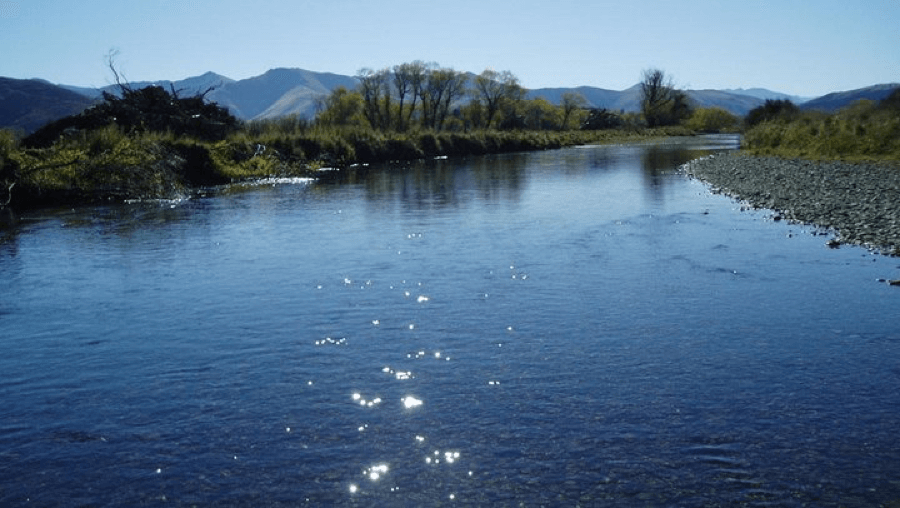The Gore District Council has imposed a ban on all unattended hoses, sprinklers, garden irrigation systems and handheld hoses, effectively immediately, after a pump failure today at the town’s main water source.
The ban also applies to car washing by handheld hose.
3 Waters Asset Manager Matt Bayliss said the failure means the Council can only pump approximately 40 percent of Gore’s current daily water requirements from Cooper’s Wells.
The continued hot weather has pushed the town’s daily water consumption to 4500 cubic metres.
“We have enough water stored in the tanks for two days.
“However, at this stage it looks as though it will take two days to fix the pump so we need to people to conserve water immediately.”
The ban applies only to the Gore water supply.
The Council has turned off its sprinkler systems for Gore’s reserves and public gardens in Gore until the issue has been resolved, while 3 Waters staff were out today talking with business owners, urging them to save water wherever possible.
Mr Bayliss said the ban should be for only a couple of days. There will be an update at 4.00pm tomorrow (Thursday 7 December) on the Council’s website, Facebook page and local radio.
The lower reservoir levels mean some residents may experience discoloured water. If this happens, residents should run their taps until the water becomes clear. If the issue does not go away after 15 – 20 minutes, please call the Council.
Mr Bayliss asked people to pass on this important message to friends and neighbours, and advise the Council on 2090330 if they see people using watering systems.
Some water saving tips:
- Take shorter showers, every minute less saves seven litres of water.
- Turn off the tap when brushing teeth or shaving, a running tap wastes 10 litres per minute.
- Put the plug in the sink when preparing vegetables and save up to 10 litres per minute.
- Wait until you have a full load before starting your dishwasher, use the eco-setting – saves 40 litres for each wash
- Keep a jug of drinking water in the refrigerator instead of running the tap water until its cold- saves up to 2 litres per glass
Environment Southland Water Warning Southland’s low water levels “concerning”
It’s the summer Southlanders wished for last year, however the extended period of warm weather is having an impact on the region’s water resources.
Environment Southland director of science and information Graham Sevicke-Jones said Southland hasn’t experienced a dry period like this since 1990.
“It’s been an unusually dry year to date, with approximately 81% of the usual rainfall for the region.
“Our monitoring shows that the water levels in our underground aquifers are very low, which means that the already low river levels could drop quickly, if the dry period continues as forecasted. This is a concerning situation.”
With one month left in the year, Southland may experience its lowest yearly rainfall since Environment Southland’s monitoring began in the mid-1970s.
According to NIWA’s long-term forecast, Southland is expected to experience lower than usual rainfall during the summer.
Farmers and households who rely on aquifers for their water supplies should ensure their bores are well maintained and make contingency plans in case their supply fails.
The most common reason for a bore running dry is that well screens become clogged from lack of maintenance. Over time, silt and fine material accumulates and impedes the flow of water into the bore or well.
Bore yield and reliability of supply can generally be restored by having the bore or well flushed by an experienced contractor.
Landowners should also check hoses and fittings to ensure there are no leaks and that pump intakes and foot valves are adequately positioned below the water table.
Land users who irrigate are advised to check their consents and identify any triggers that will require them to make changes to their usage, so that they are informed and prepared if water levels get any lower.
Environment Southland will continue to monitor the situation closely.
More information is available on Environment Southland’s website at www.es.govt.nz/low-water-levels, including graphs of aquifer levels, live river levels and situation updates.

